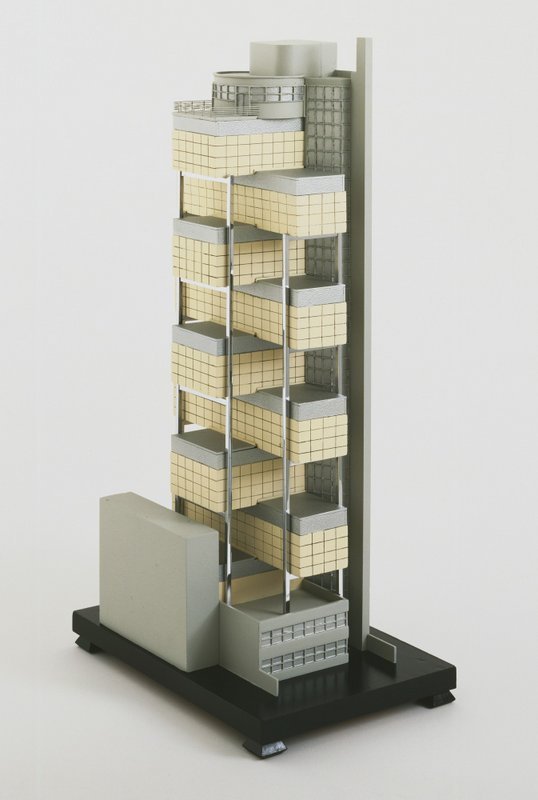8. Howe and Lescaze’s Museum of Modern Art

Today, the MoMA is one the world’s most visited museums, but early proposals foresaw the iconic art hub looking very different. In 1930, architects William Howe and George Lescaze were selected to create a design for the Museum of Modern Art’s first permanent building. Resisting the neoclassical trend most world museums were following, the modernist architects proposed an industrial-looking building with influences of cubism.
Of the six schemes proposed by the architects, the most unique was the fourth, composed of nine cube-shaped galleries in a checkerboard arrangement. Each cube would come complete with “light-mixing chambers” allowing diffused daylight into the galleries. The schemes never garnered enough public attention to ever be made, and their designs did not fit into the land John D. Rockefeller donated on West 53rd. The MoMA we know today was instead designed by Edward Durell Stone and Philip Goodwin, completed in 1939.





